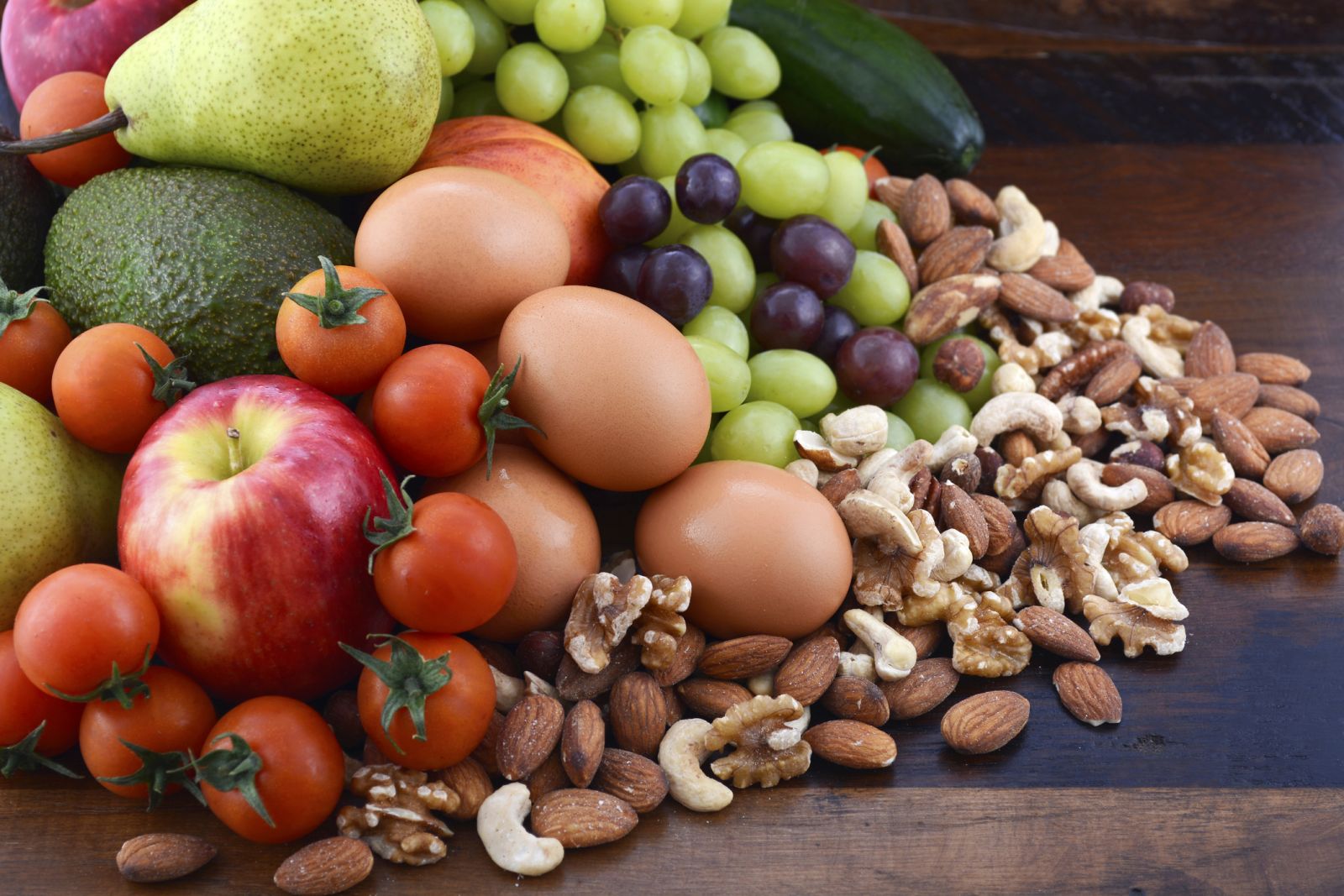Content extracted from website:
https://www.healthline.com/health/silent-reflux
If you’ve ever overdone it on pizza and beer, you may be familiar with the discomfort of acid reflux. Heartburn, chest pain, and nausea are all hallmarks of reflux.
The symptoms are unmistakable. But for some people, the symptoms of reflux aren’t so obvious. In fact, they’re silent.
Laryngopharyngeal reflux (LPR) is also known as silent reflux. LPR doesn’t cause any symptoms. The contents of your stomach could reflux up your esophagus, into your throat and voice box, and even into your nasal passages, and you might never know it — until more serious symptoms begin to arise from damage caused by stomach acid.
As its name suggests, silent reflux causes few symptoms. Most people with silent reflux do not experience heartburn. Unlike silent reflux, gastroesophageal reflux disease (GERD) causes some symptoms.
Knowing the difference between the two types of reflux and their symptoms may help you know which type you’re experiencing.
When you eat, food travels from your mouth, down your esophagus, and into your stomach. Then, your gastrointestinal system begins the process of breaking the food down, extracting nutrients, and producing waste.
Sometimes stomach acid may escape back into your esophagus. But your body is designed to prevent this. Elasticlike rings (sphincters) around the bottom and top of your esophagus shrink to keep the contents of your stomach from refluxing into your esophagus and throat. People with reflux may have a sphincter that does not close.
People of any age and sex can develop silent reflux. Some people, however, may be more likely to develop it.
Risk factors for silent reflux include:
- lifestyle factors like diet, overeating, or tobacco or alcohol use
- physical causes like a deformed or malfunctioning esophageal sphincter, slow emptying of the stomach, or being overweight
- pregnancy
Children and infants may experience reflux more frequently as their upper and lower esophageal sphincter muscles aren’t strong enough to close. This may improve as they age.
If you suspect you have one or both of these reflux types, make an appointment to see a doctor. A heartburn problem is worth investigating, especially if you’re experiencing symptoms more than twice a week for several weeks.
To reach a diagnosis your doctor will conduct a full exam. This will likely include requesting a history of symptoms, what treatments you’ve tried, and when symptoms are likely to occur.
Your primary care doctor may be able to diagnose you. If they think you’d benefit from a second opinion, they may refer you to a gastroenterologist. This type of doctor specializes in the diagnosis and treatment of diseases of the gastrointestinal tract.
Also, if you have silent reflux and scarring or damage from it, your doctor may refer you to an otolaryngologist. This type of doctor is also known as an ear, nose, and throat doctor. They can treat the damage caused by the reflux.
To see the extent of the damage, they may request an endoscopy. During this test, a lighted tube with a camera is sent through your mouth and into your throat and esophagus. This lets your doctor measure the damage and come up with a treatment plan.
If your doctor suspects silent reflux, they may prescribe reflux medication. If the medication eases your symptoms, you may be able to continue taking that medication. The medicine will also help stop any damage the silent reflux is causing. But it will not reverse it.
The most common medications used to treat silent reflux include:
- antacids
- proton pump inhibitors (PPIs)
- H2 blockers
These medicines either reduce stomach acid or prevent your stomach from creating as much stomach acid.
In addition to medicine, your doctor may recommend several lifestyle changes. These lifestyle changes are designed to help reduce risk factors that increase your chances of reflux. These lifestyle changes include:
- Stop eating and drinking at least three hours before you’re planning to go to sleep.
- Prop your head up higher when you sleep.
- Identify and limit or eliminate trigger foods. These typically include chocolate, spicy foods, citrus, fried foods, and tomato-based foods.
- If you smoke, quit. Your doctor can help you find a smoking cessation program.
Rarely, surgery is needed. But your doctor may suggest it to strengthen your esophageal sphincter.
The thin tissue that lines your esophagus is sensitive, and stomach acid is irritating. It can burn and damage the tissue inside your esophagus, throat, and voice box. For adults, the most common complications of silent reflux include long-term irritation, tissue scarring, ulcers, and increased risk for certain cancers.
If not treated properly in children and infants, silent reflux can cause:
- breathing problems
- frequent coughing
- wheezing
- hoarseness
- difficulty swallowing
- frequent spitting up
- breathing disorders, such as apnea, or pauses in breathing
In rare cases, silent reflux may also cause growth issues. If you suspect your child has LDR, or if they’ve been diagnosed with it, it’s important for them to receive treatment to avoid these complications.
Diagnosing and treating reflux is the key to preventing symptoms and avoiding damage to your esophagus, throat, lungs, and voice box. A diagnosis is often quite painless and easy.
Treatment may be even more painless. Most people will take a daily medication and make several lifestyle changes. With these lifestyle changes, you may find the medication unnecessary.
The same lifestyle treatments doctors may prescribe to help you stop reflux may also help you avoid experiencing reflux. Dietary and lifestyle changes that may help you prevent silent reflux include:
- avoiding foods that cause reflux and keeping a food diary to identify your triggers.
- losing weight if you’re overweight
- quitting smoking
- reducing or cutting the amount of alcohol you consume.
- eating your last meal or snack a minimum of three hours before you go to bed
- sleeping with your head slightly elevated

